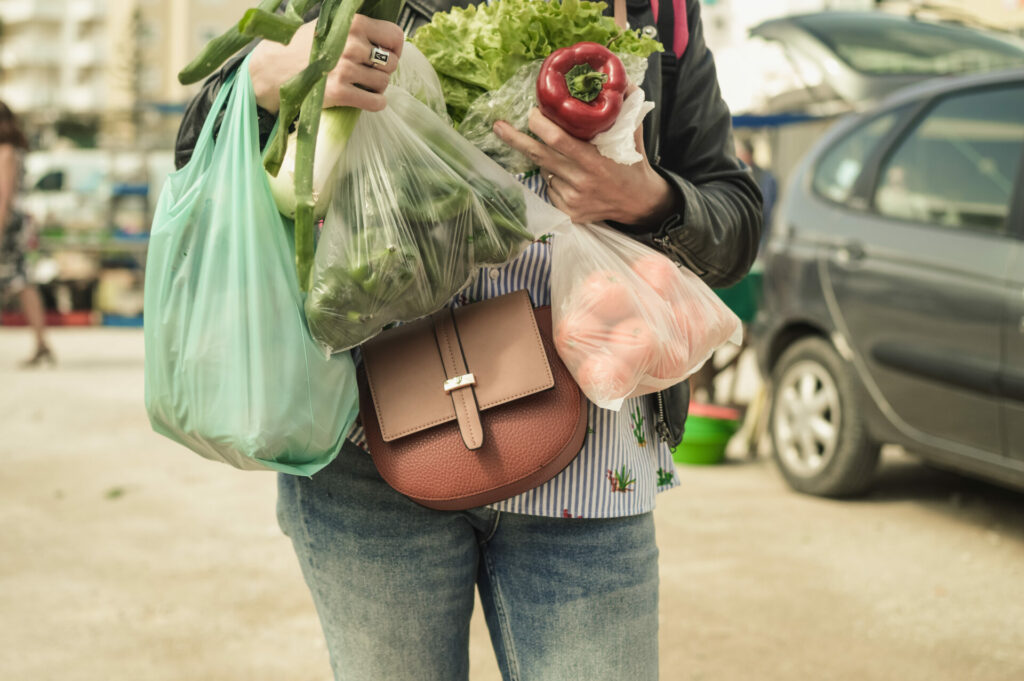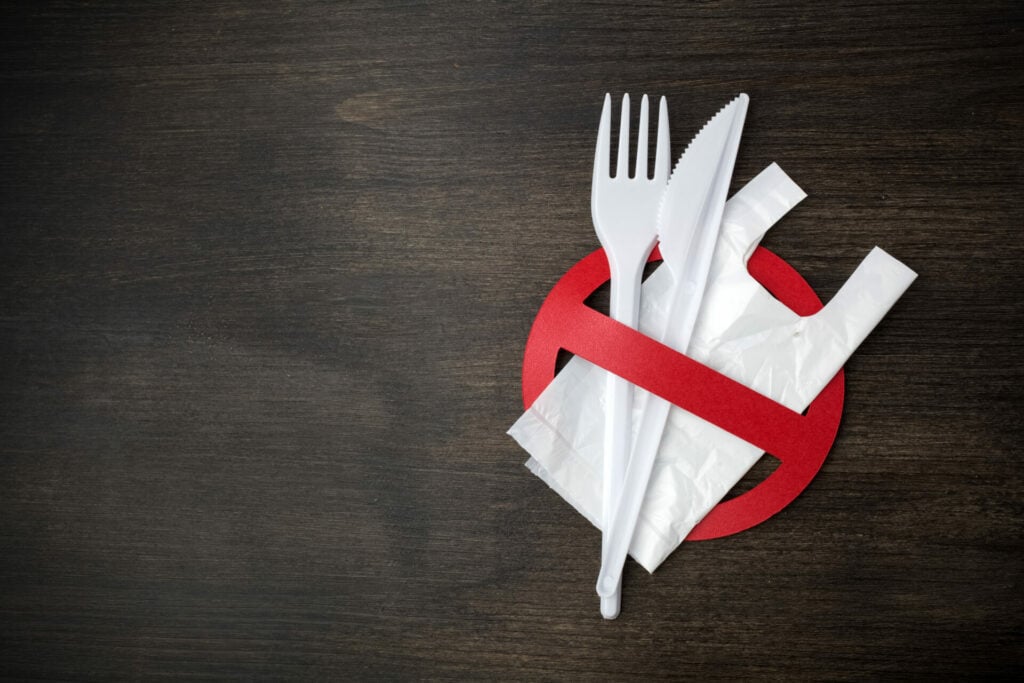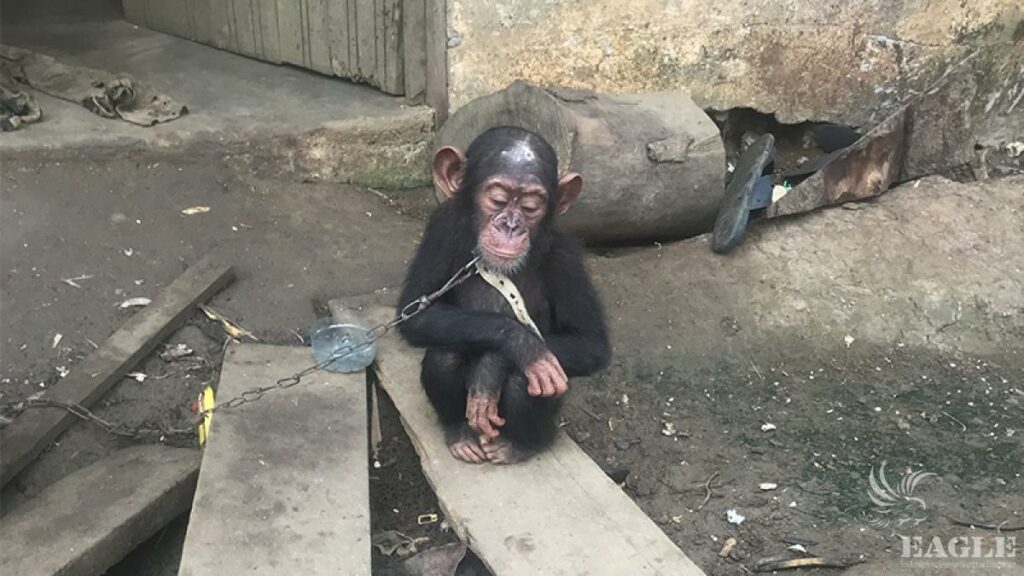Global plastic consumption could almost double by 2050 unless urgent action is taken, a new study warns.
The report from Back to Blue, an ocean environmental group, warns that without significant policy interventions, the amount of plastics consumed across the G20 nations – the world’s 20 biggest economies – will hit an annual total of 451 million tonnes up from the 2019 level of 261 million.
The group is calling on policymakers to bring in strict reforms to tackle global plastic pollution, as rapidly increasing production of plastic products overwhelms the global ability to deal with them.
Single-use plastics currently account for 40 percent of the plastic produced every year with many items such as plastic bags and food wrappers, having a lifespan of minutes yet remaining in the environment for hundreds of years.

This in turn has prompted a crisis with microplastics – tiny plastic particles that result from the breakdown of larger plastics – posing not only a threat to the environment but also human health.
Scientists have discovered microplastics almost everywhere including mountains, the ocean, in Arctic sea ice, in the air, in our drinking water and our bodies.
Plastic Consumption Policies Not Effective
One year ago in March 2022, 175 nations agreed to work together on a United Nations treaty to tackle plastic pollution, which is expected to be in place by the end of 2024.
The policies include three key inclusions: a global ban on unnecessary single-use plastic items, enhanced extended producer responsibility (EPR) rules – a policy under which producers are given a significant financial and/or physical responsibility for the treatment or disposal of post-consumer products – and a tax on virgin plastic.
The Back to Blue report, Peak Plastic- Bending the Consumption Curve, concludes that, when implemented as a standalone, none of the treaty’s three key inclusions will result in a reduced plastic world by mid-century.
‘So far, commitments by industry, retailers and brands to reduce plastic waste are short on detail and have failed to materialise’
According to the report, a complete global ban on unnecessary single-use plastic (SUP) items will be the most effective policy with EPR having a minimal impact but still crucial to have in place as it would ensure producers cover the cost of collecting and recycling packaging, improving recycling rates and preventing plastic from leaking into the environment.
The report concludes that ‘measures and conditions so stringent that they are likely to encounter opposition’ are needed and adoption of these will be ‘painful but necessary’.

However, even with this in place, it predicts plastic consumption will still be 1.48 times higher in 2050 compared with 2019.
Summarising the report’s findings, Economist Impact’s editorial director Charles Goddard said: ‘Negotiators of the UN plastics treaty must maintain the highest levels of ambition possible when entering the next round of negotiations, and industry needs to play a constructive, not obstructive, role in reaching a deal.
‘So far, commitments by industry, retailers and brands to reduce plastic waste are short on detail and have failed to materialise.’














